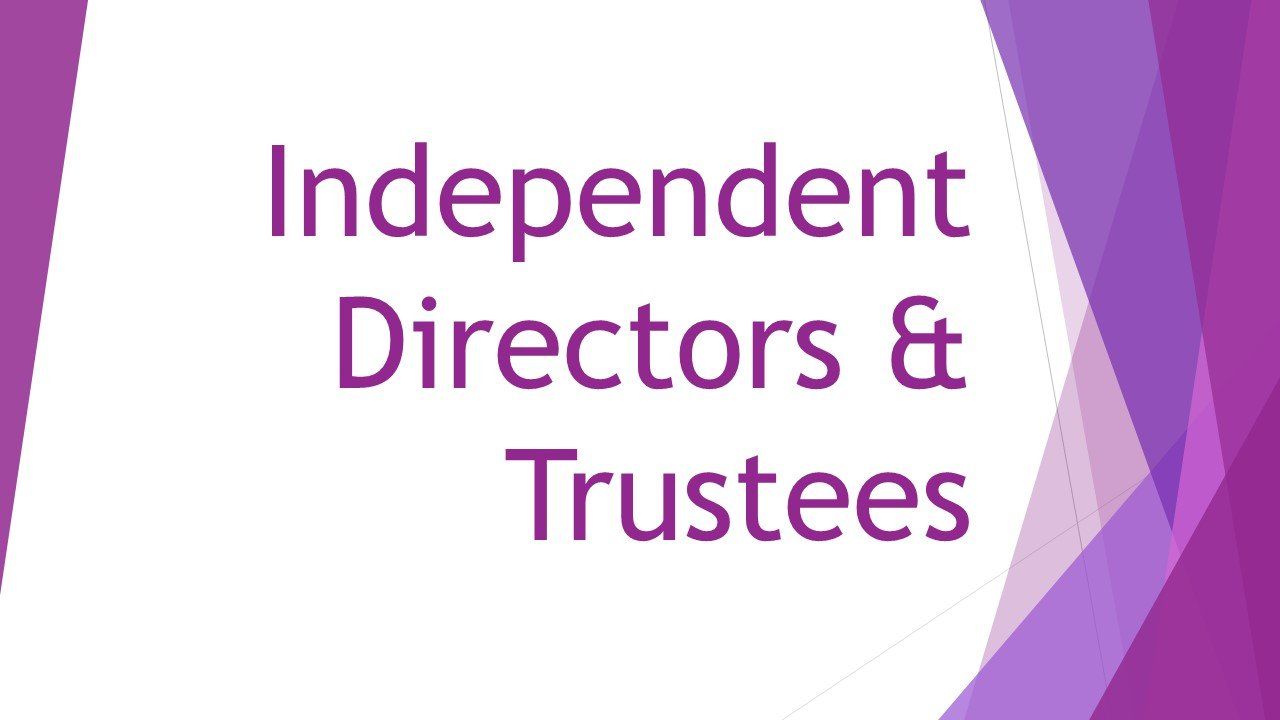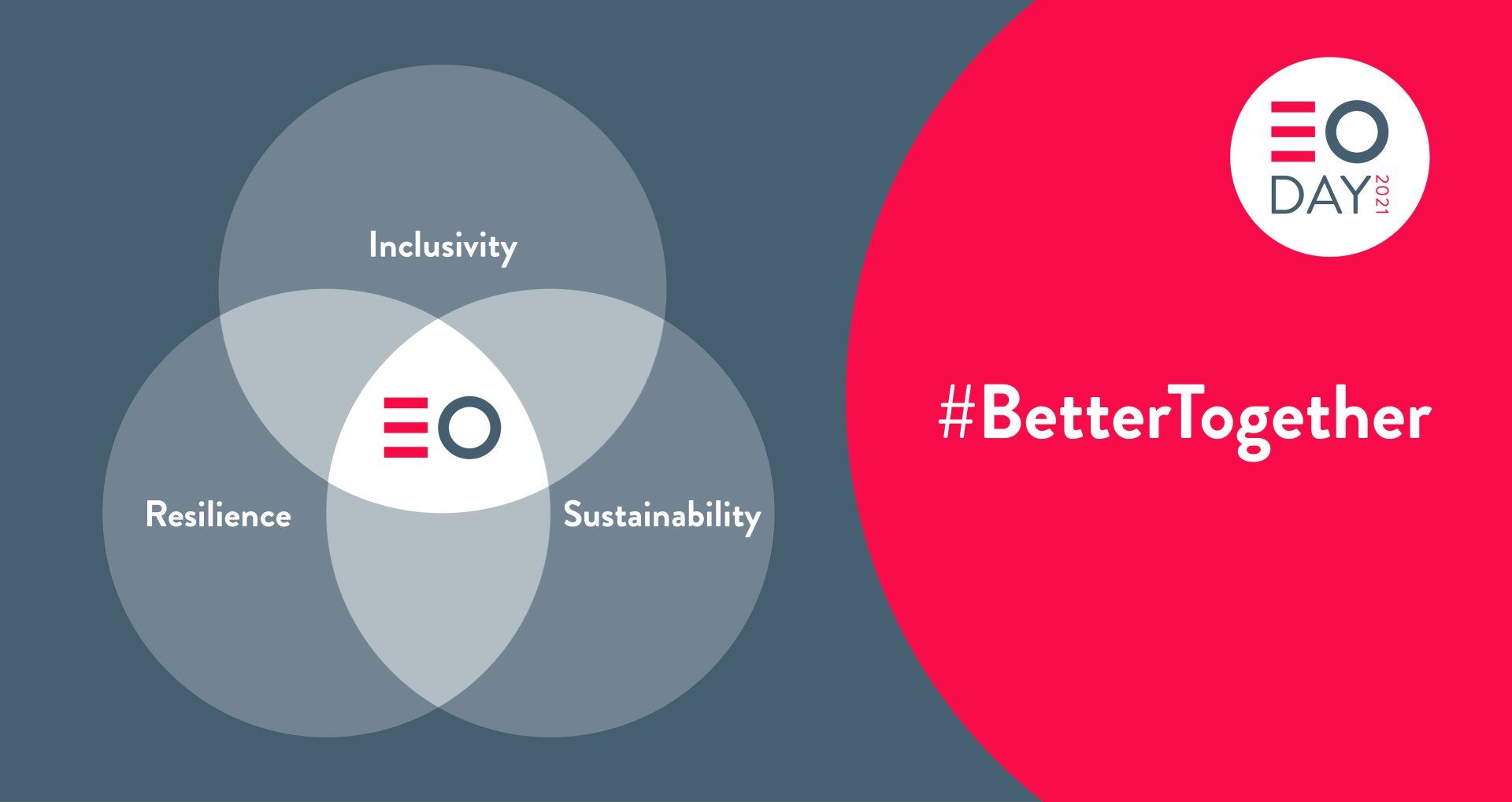Making the Employee Voice Work
- by Ian Hiscock
- •
- 30 Sept, 2020
Much has been written about employee engagement, alignment with business goals and communication to and with employees. In many organisations, the adoption of a peer elected workforce council can facilitate all these through a structured but flexible approach. Specifically aligned to employee ownership models, it can equally be adapted by any organisational structure.

Organisations thinking about making the move to employee ownership will, inevitably, consider how to engage with their staff, what information to share, the feedback they want to hear, and how much influence on decisions to share with employee owners.
Frequently, that will lead to the formation of an elected body designed for employees and leaders to meet and discuss issues of mutual interest. How the body is formed will depend on a number of factors: the size of the organisation, it’s complexity in terms of business structure and the number of sites it operates over, together with - more prosaically - the space available to conduct meetings in, although the current pandemic will have driven many more conversations to online platforms.
To be absolutely clear, when I refer to “an elected body” in this article, or similar phraseology, I am referring to a peer-elected employee council, or forum (completely distinct from the Employee Ownership Trust Board, and the Employee Trustees elected on to it). In very small employee owned enterprises, it may not even be sensible to formally elect such a body, but the principles for good, effective conversations between leaders and staff in employee owned businesses hold good. How small is “very small”? That is not easy to determine in abstract terms. My own view is, if it’s impractical to get all the employees together into a room at the same time, you may want to consider having some form of elected body to represent them, however informal you choose to make the arrangements.
Whilst the way the elected body is put together is an important factor in helping to determine its success, it’s only a small part of the story. This article is designed to help leaders of both employee owned businesses, and others, think through the foundations that need to be in place for genuinely meaningful conversations to take place between leaders and the elected body.
The first point EO organisations should be aware of when setting up an elected body is to make sure it doesn’t fall into the trap of becoming a communication vehicle for leaders. It should not be the role of elected representatives to pass on information shared with them by leaders to the wider business. Representatives will lose the confidence of the people who elected them if they come to be seen as the mouthpieces of leadership. It’s vital they retain an independent voice so their constituents have confidence that their views, feedback and opinions will be shared with leaders honestly and candidly.
How to do that? There are a range of conversations that can take place in an elected body. At one end, leaders can seek to gain commitment from the elected body to a decision, and share knowledge with them so the elected representatives are better informed about the direction the organisation is taking - sharing information on profit and loss, news on a new marketing campaign, the decision to close a business unit, or the need to take out a loan.
At the other extreme, leaders and elected bodies can explore the opportunities for employees to be fully empowered, taking decisions without leaders “getting in the way.” While both options are perfectly valid (and knowledge building is absolutely critical for great conversations), there is real power in leaders delegating responsibility with genuinely positive intent. As much as anything, it sends a powerful signal to employee owners about taking responsibility for the contribution they make on a daily basis, recognising what they do has an active impact on the success of their business. What those areas are will depend very much on the organisation but could include discussions over amenity space and provision (what’s served in the staff canteen), refining production processes to increase efficiency, or perhaps taking responsibility for actioning elements of an employee survey.
In between these poles, there are other possible
conversations that will be useful. Leaders may seek feedback on decisions
already delivered into the business, looking for confirmation of their
validity, and understanding the impact they have had. Essentially, the elected
body can provide another “data input” into any evaluation process leadership
may conduct around an implemented decision. In addition to the statistical data
leaders receive (did it sell? did we make the profit we anticipated), the
elected body can offer feedback from the end users (“the process is cumbersome
and slows us down when dealing with customers" "the process is intuitive and
reduces the time taken, giving us more time with customers”).
Moving further along the continuum, the elected body can be given the chance to input into a strategy decision before it’s implemented. Leaders may have determined the destination, but the elected body can help determine what direction the journey may take, and advise leaders of what obstacles they may face; are there particular areas of the business closely wedded to how things are currently done, for instance? If so, the elected body may be the group best placed to flag those obstacles on how to bring people on board.
The last stop before full autonomy is when leaders seek mutual consent and the elected body is given the chance to co-create an initiative. Typically, this is a step on from the previous stage because it requires the input of the elected body before the strategic decision is taken. A word of warning on this point: it is critical leaders continue to “own the decision” in such circumstances. The input from the elected body becomes another data source that informs the final decision which leaders then have to take responsibility for. In the event things go wrong, it’s incredibly damaging if leaders turn around and say “well, we only took that decision because you thought it was a good idea!” Equally, the elected body must understand the purpose of their contribution. It is possible to conceive of very uncomfortable discussions where the elected body says, “if we had known that was your intended outcome (e.g. removing a layer of management), we would have felt very differently about how we contributed.” Leaders should always be transparent in their intentions.
As the elected body matures, who drives these discussions can vary. Sometimes, leadership will ask for input, on others the elected body will feel confident enough to offer it freely. The more knowledge sharing that is done around strategic direction, financial performance and the employee experience, the more the elected body will, in time, feel confident to drive elements of the agenda for itself without waiting to be prompted.
Three final thoughts to finish…..
It is critical that the manner in which these discussions are conducted is open, honest, and safe. Elected representatives need to be confident that leaders genuinely want their input and find it helpful. The first time a leader shoots a representative down for their “impertinence” will make it very difficult for employees to believe in the value of those conversations. Leaders need to approach meetings of the elected body with genuine curiosity, looking to find out things they would otherwise not know. This point also highlights the value of having a skilled facilitator chairing these meetings. You may have someone within your organisation who possesses these skills and has the confidence to be independent of both the leadership and elected representatives in that space. However, there is often genuine value in contracting the services of an external facilitator, who is genuinely independent and, as well as exercising that in meetings, can act as a trusted, critical friend to both leaders and representatives.
Making time for elected representatives to perform their role is vital. This starts with training after their election. Make sure they understand their role, its extent and its limits - what is the elected body there to do? Some will need help to understand the business information you share - P&L accounts are not everyone’s thing! Ensure they have time to speak to their constituents before meetings and some time to prepare their thoughts, making sure their line managers recognise the importance of their role. But, try not to “over-coach” them, especially with regard to how they present themselves and speak at the meetings. Let them be natural, so their real selves can come through. It’s why their constituents elected them in the first place.
Lastly, it is possible to do all the things I have described above and still fall flat on your face. How so? Organisations need to guard against a sense of incongruence. If leaders welcome feedback, opinion and input in the environment of these meetings, but employees encounter a less collaborative and constructive culture in everyday working life, then - once again - the belief in the value of the elected body will wane. Leaders who “walk the walk” consistently, who encourage employees to take responsibility, who are genuinely curious, and who celebrate success, will be rewarded with meaningful conversations, full of insight and value.
In closing, I need the author acknowledges his debt to his former colleagues at John Lewis, who he worked with when he was President of the John Lewis Council, especially on the element he's included highlighting the range of possible discussions for an elected body - Robert Hallam, James Allport, Louise Bench and Katherine Todd, thank you!
Ian Hiscock is a consultant with Independent Directors and Trustees with a board level expertise in employee engagement and governance models, with particular emphasis on employee owned businesses. He is an appointed EOT independent trustee and trained facilitator.
Photography by Unsplash


